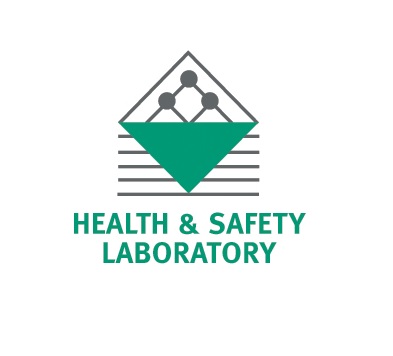HSL On-tool Controls to Reduce Exposure to Respirable Dusts in the Construction Industry RR926

Taken from the first page of this report:
Many processes in the construction industry create large quantities of dust; often materials used in construction contain silica. If the dust emissions from these processes are not controlled they can cause exposures that exceed UK workplace exposure limits and consequently lead to occupational diseases such as cancer, silicosis, chronic obstructive pulmonary disease and asthma.
A common way to control these hazards is to apply local exhaust ventilation (LEV). However, construction sites tend be temporary workplaces, which makes the application of traditional LEV difficult. One solution is to affix LEV to the tool being used or to use another mobile form of on-tool control such as water suppression. The objective of this project was to conduct a review of the literature on the subject of the effectiveness of on-tool controls and to summarise this information for HSE. The main findings were that:
- On-tool LEV is capable of reducing exposures by 90% or more.
- Important factors in achieving this reduction is hood design and choice of vacuum extraction source.
- Even with exposure reductions of 90 %, on-tool controls never completely eliminated exposure. This may mean that the use of supplementary respiratory protective equipment (RPE) is required, especially where materials contained silica.
This report and the work it describes were funded by the Health and Safety Executive (HSE). Its contents, including any opinions and/or conclusions expressed, are those of the author alone and do not necessarily reflect HSE policy.

